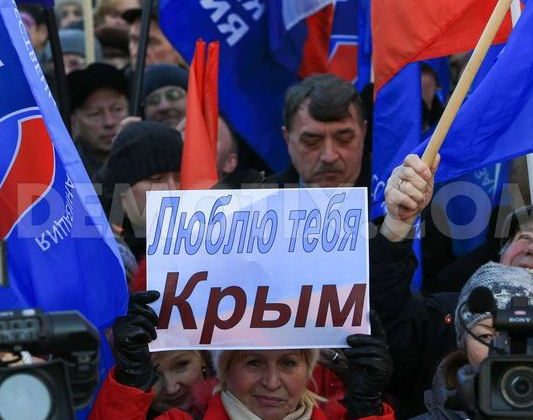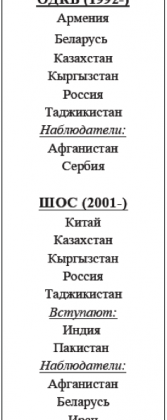When he resurfaced in Russia, Ukraine’s Viktor Yanukovych claimed he had been the victim of a coup. Was his removal from power by the Verkhovna Rada unconstitutional? As with many statutory questions, the devil is in the details. The new Rada majority was in a challenging constitutional situation by the disintegration of the Yanukovych government. The Rada made the best attempt to resolve the conundrum while in a limited timeframe and with no independent and legitimate Constitutional Court able to provide aid.
How was Yanukovych removed?
The Rada did not follow, or claim to follow, the impeachment route. They passed a resolution that established that Yanukovych had removed himself from fulfilling his constitutional duties. The resolution stated that due to the fact that Yanukovych had unconstitutionally stopped fulfilling his presidential duties, the Rada was calling early presidential elections as is their right under Article 85/7. It seems that nothing in the constitution prohibits parliament from passing such a resolution, which has the full legal force of a law, according to Article 91. The speaker of the Rada signed the resolution, again in accordance with the constitution (Article 88/3).
Why didn’t the Rada impeach Yanukovych?
The impeachment process, as outlined by the Ukrainian Constitution, was not the most obvious constitutional option in the situation that existed on February 21-22. The impeachment process is a drawn-out procedure that is reserved for cases when the president has committed treason or other crimes. The immediate problem on the evening of February 21 was that the Yanukovych regime had dissolved and Yanukovych had left the capital, apparently not intending to return for a while. The dissolution of his regime was evidenced by the Interior Minister and the Speaker of Parliament also leaving the country, the departure of several important Party of Regions MPs, and, furthermore, the chief of the army resigned.
While we cannot know Yanukovych’s intentions for certain, the dumping of his documents in the lake at his fancy Mezhigorie residence and the traces of hectic packing suggest that the president was indeed fleeing rather than just going to a meeting in Kharkiv, as he later claimed. His midnight disappearing act left the country effectively without a president and a government.
The Ukrainian Constitution (like many other constitutions) does not provide any stipulation about how to remove a president who is neither dead nor incapacitated, but is nonetheless absent or not fulfilling his duties. The lack of such provisions creates a dangerous loophole. Any leader who is about to lose power, whether because his government dissolves, or because loyal supporters abandon him, or because he is about to lose an election just as the last vote are in, could simply skip town and doom any government by declaring it as constitutionally illegitimate. Leaving the scene would undermine the constitutionality of any acts subsequently passed by whoever succeeds the missing president and would allow him to keep a minimally legitimate constitutional claim to returning and claiming his office back.
Why couldn’t the Constitutional Court resolve the constitutional impasse?
Ideally, a country’s Constitutional Court should be best positioned to close such loopholes. If the president of a consolidated democracy with a strong rule of law, had a nervous breakdown, disappeared without a trace, and could neither be proven dead nor impeached for a crime, parliamentary leaders would immediately approach the Constitutional Court and ask for guidance.
However, the Ukrainian Constitutional Court has been highly politically dependent and its credibility has been low. Whatever they might have ruled after Yanukovych’s departure, would have lacked legitimacy. A ruling in favor of Yanukovych would have likely reflected their fear/dependence on him; a ruling against him would have likely reflected their fear/dependence on the incoming government.
Previous studies on judicial behavior in environments with low judicial independence have found that high courts often strategically defect right before a turnover in government. Neither option would have produced a preferable constitutional situation to the one produced by the Rada resolution.
The solution that took place within the Rada was more legitimate than any strictly legal solution that could have come from the Constitutional Court. The Rada was legitimately elected in 2012, and the majority of its members participated in the important debates on February 21-22. Moreover, a big majority (close to three quarters of all Rada deputies) voted for the Rada resolution, including many MPs from the Party of Regions.
——-
Also see: Why domestic developments in Ukraine still matter, Maria Popova, The Monkey Cage, March 5










